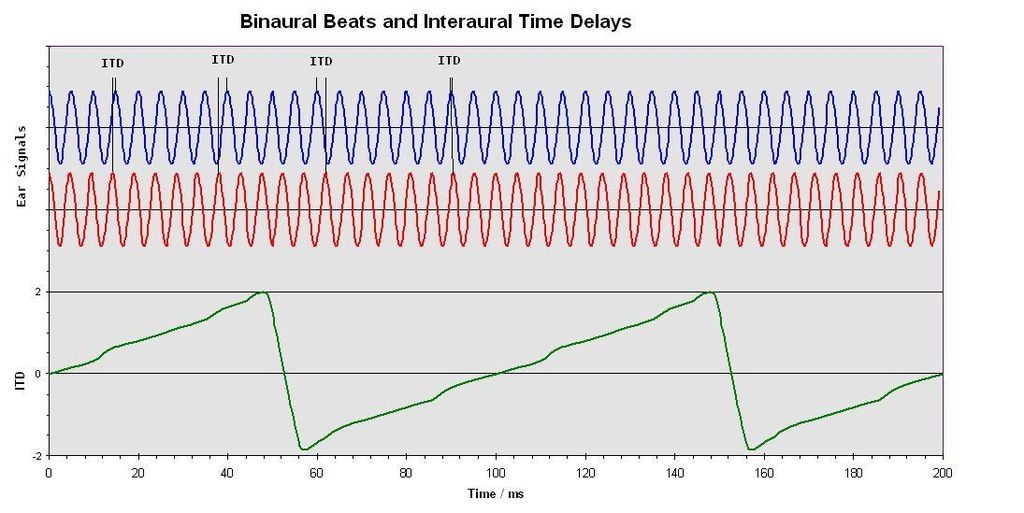

Delta is associated with the dominant brainwaves released in the stages of deep sleep, so it make sense that there would be a reduction in dopamine to allow for deep relaxation/sleep ( 5). The study was conducted using Delta frequency binaural beats. We know that people with higher than normal levels of dopamine may experience anxiety, agitation, hyperactivity, and insomnia ( 4). The reduction in dopamine complements the reduction in anxiety, and may indeed be the reason for the reduction in anxiety. It is a broad ranging concept affected in a complex way by the person's physical health, psychological state, personal beliefs, social relationships and their relationship to salient features of their environment ( 3). WHO defines Quality of Life as an individual's perception of their position in life in the context of the culture and value systems in which they live and in relation to their goals, expectations, standards and concerns. This would have been assessed via a questionnaire. The quality of life measurement is based on the World Health Organization definition. We know from other studies that binaural beats have an impact on reducing anxiety and stress related conditions ( 1, 2), so this was quite expected. The results showed a decrease in trait anxiety, an increase in quality of life, and a decrease in insulin-like growth factor and dopamine in all patients. So we can see here that the results are statistically significant and most probably not down to chance. On the other hand, if a p-value is 0.04, then the result is statistically significant. So if a p-value is 0.06, then it is considered not statistically significant. The most common cut-off for p-values is 0.05. To understand these results, you will need to understand what the P values mean. Further research is warranted to explore the effects on anxiety using a larger, randomized and controlled trial.

There was a decrease in trait anxiety (p = 0.004), an increase in quality of life (p = 0.03), and a decrease in insulin-like growth factor-1 (p = 0.01) and dopamine (p = 0.02) observed between pre- and postintervention measurements.īinaural beat technology may exhibit positive effect on self-reported psychologic measures, especially anxiety. The results were positive and indeed interesting. The purpose of this study was to gather preliminary data on binaural beats therapy for hypothesis generation and to assess compliance, feasibility, and safety for future studies. That being said, it is often much easier to track the results of a smaller group in an observational study like this. This is a small cohort study, and we must bear this in mind when considering the results. In terms of psychology the study measured anxiety, mood state, and quality of life and physiologically the study looked at insulin, dopamine, melatonin, and blood pressure levels over the duration. This particular study took place in 2007, with the goal of assessing the psychologic and physiologic effects of binaural beats.Ĭarried out by the Helfgott Research Institute, National College of Natural Medicine, Portland, the study involved 8 healthy adults.Įach subject was given a CD containing delta (0-4 Hz) binaural beats to listen to daily for 60 days.ĭata on psychologic and physiologic effects were collected before and after the 60-day intervention. Thankfully, due to public interest and a number of health organizations showing an interest in this area, we are seeing an increase in studies taking place and witnessing some very encouraging results, particularly in the areas of anxiety, sleep, and relaxation in general. The problem with alternative therapies such as this is that research funding is fairly difficult to procure, and funding is limited in comparison to that of research into pharmaceutical drugs.Ĭommercially, it makes sense to fund research that has the most potential to make money, rather than funding natural therapies that will be fairly inexpensive for people to use easy to access. Due to increased popularity in the last 15 years, a number of studies looking at the neurological effects of binaural beats have been undertaken.


 0 kommentar(er)
0 kommentar(er)
